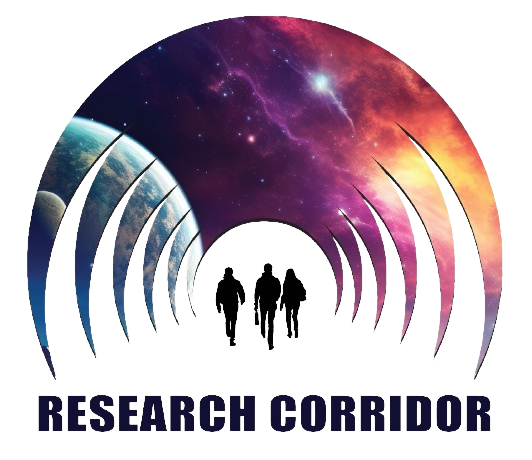Generative AI: Transforming Creative Industries with Machine Learning
Keywords:
Generative AI, creative industries, machine learning, art and design, ethical AI, human-AI collaboration, intellectual property, cultural bias, innovation, GPT, GANAbstract
Generative AI has revolutionized the creative industries, redefining the boundaries of human creativity and machine learning. By leveraging advanced models such as Generative Adversarial Networks (GANs) and transformer architectures like GPT, creative industries now produce innovative content in domains including art, music, film, and design. These systems excel in generating high-quality visual art, crafting engaging narratives, and composing music by learning patterns from extensive datasets. Generative AI democratizes content creation, enabling individuals with limited technical expertise to produce professional-grade outputs. It also fosters collaboration between human creativity and AI, enhancing efficiency and expanding artistic possibilities. However, the rise of generative AI raises concerns regarding intellectual property, authenticity, and ethical usage. Issues such as copyright infringement and the potential for AI-generated misinformation challenge regulatory frameworks. Furthermore, cultural homogenization caused by reliance on training data biased toward dominant cultural norms is a critical concern. Despite these challenges, the integration of generative AI into the creative sector signifies a paradigm shift, emphasizing its potential to augment human creativity rather than replace it. Research continues to explore optimizing AI algorithms for ethical and innovative applications, ensuring inclusivity and fairness in creative outputs (Goodfellow et al., 2014; Brown et al., 2020). The transformative impact of generative AI necessitates a balance between innovation and ethical accountability, paving the way for a future where humans and machines collaborate harmoniously.

























